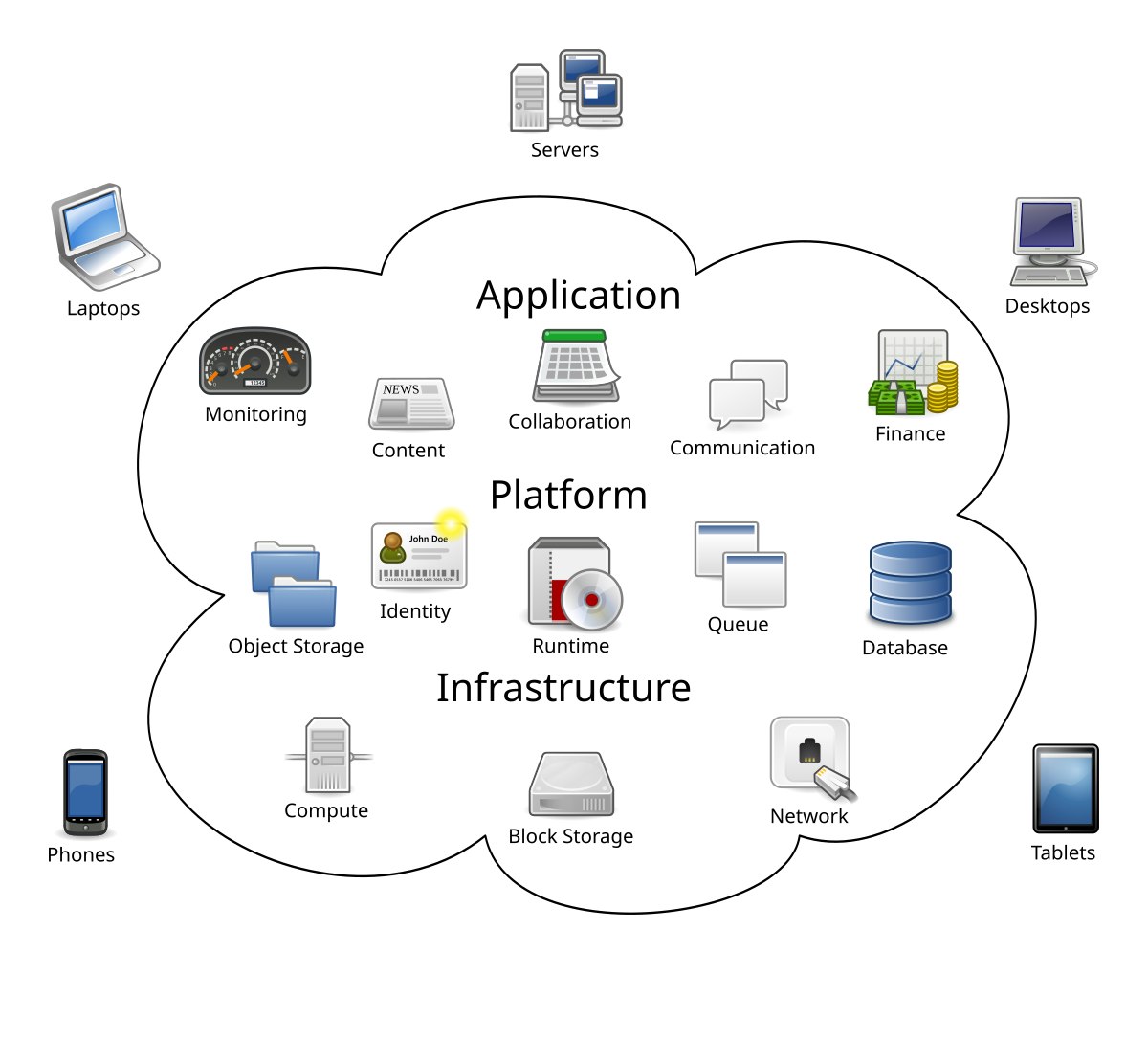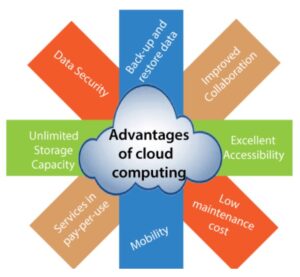
Cloud based services
Cloud-based services were initially started as ‘Software as a Service (SaaS) way back in 2000 in India. SaaS was a service delivery model for Servers, infrastructure as a service, software applications, and many more such services.
During the mainframe era MNC, Government organizations, and a few Indian companies were providing hiring services for their mainframe setup during their idle time which comprises of CPU, Printer, Spooler tapes & drives, Card reader, and exchangeable disk (10MB) on an hourly basis. In order to sort 1,000 records, 4 Spooler tapes were utilized and took about 30 minutes, and were completed in 4 phases depending on the size of the record.
One of our partners hired mainframe (IBM 1401, PDP, Wang) services for a consultancy firm in the year 1980. The time slot available was mostly after 10 pm.
In mid-1980 even mini/ microcomputers were given on hire to service data centers/providers when their computers were down (not functioning), especially during month-end for processing salary and other reports. During this period mostly hardware was given on hire.
Software as service customer customers service customer customers were not investing in hardware or software but just have an internet connection to avail services. Service charges were monthly, quarterly, or yearly and in the case of software it was based on licenses issued and the billing cycle was on monthly basis.
A few years back (in 2005 ) one of the partners was leading a software project for Human Resource Information Management Services as a SaaS model. This product had all kinds of options required by management all those which are available today were incorporated then in HRIMS and billing was done as per employee per month.
Employees logged in from home to add requests for travel, leave, or submit travel bills from remote locations. One MNC had SAP implemented but logistics was not part of the solution and couldn’t implement as per their requirement since the same was very different from their regular process.
So Logistic system was developed according to requirements and hosted in-house servers, especially for MNC (switch manufacturing company of mobile towers) and billing was done on a quarterly basis. Saas concept was there for more than 20 years and is now termed a Cloud-based service.
In today’s scenario, a good example to understand SaaS is by thinking of a bank, which provides banking facilities and also protects the privacy of each customer which is reliable and secure. All customers use the same financial system and technology 24X7 without worrying as the same cannot be accessed by anyone without authorization.
Open SaaS refers to Software as a service based on open-source code. The roadmap of OpenSaaS is decided by the community of users over the usage of Open Source, upgrades and enhancements are managed centrally by a single team so that version control is maintained. In the last few years lot of Open source software, plugins, and themes are available such that anyone can modify them according to their requirements.
Our cloud-based services offerings-
We at Mitras Infotech offer Cloud-based services for verticals like Banking & Finance, Real estate, Human Capital, and Hospitality, and for the Medical fraternity-like Doctors, Dentists, Dietitians, and Physiotherapists. Presently We have hosted 360 degrees in Human Resource Information systems for Restaurants and the food packaging industry.
Our experience with cloud-based services has been over a period of 15+ years although this term has been recently coined and now we have mastered all aspects like database management, Security, and all related factors to keep servers and related services up 24X7.
We hosted Clinic management software (esynapse) for dentists in 2019. For a year few doctors suggested that their patient’s data is not secured on the cloud so they need offline software and accordingly we have developed an offline version of esynapse.
What are the Benefits of cloud based services?
According to the study of the International Data group, 69% of businesses are already using cloud technology in some form or the other and 18% say they plan to implement cloud-computing solutions in near future.
Cloud computing operates on a similar principle as web-based email clients, allowing users to access all of the features and files of the system without having to keep the bulk of that data/system on their own computers. In fact, most people already use a variety of cloud computing services without even realizing it.
Emails (Gmail, Yahoo mail, Hotmail, Etc), Internet Banking, Google Drive, and even Facebook and Instagram are all cloud-based applications. For all of these services, users are sending their personal data to a cloud-hosted server that stores the information for later access.
And as useful as these applications are for personal use, they’re even more valuable for businesses that need to be able to access large amounts of data over a secure, online network connection.
- Back-up and restore data
- Excellent Accessibility
- 24X7 availability
- Mobility
- Carbon footprint
- Sustainability
- Automatic software updates
- Unlimited storage capacity
- Data Security
- Insight
- Disaster Recovery
- Pay per use model
- Easily manageable
- Scalability
- Increased Collaboration
- Competitive edge
- Quality Control
- Low maintenance

